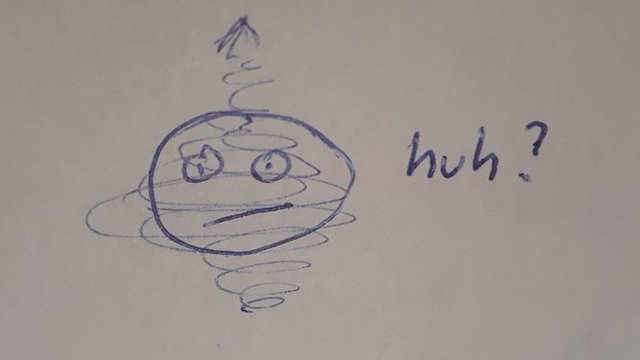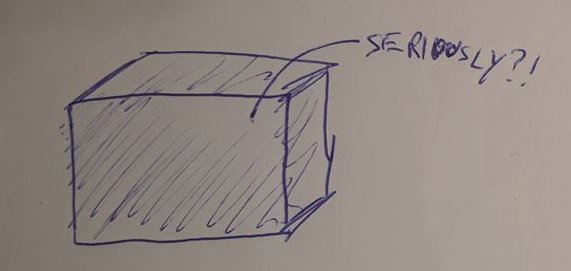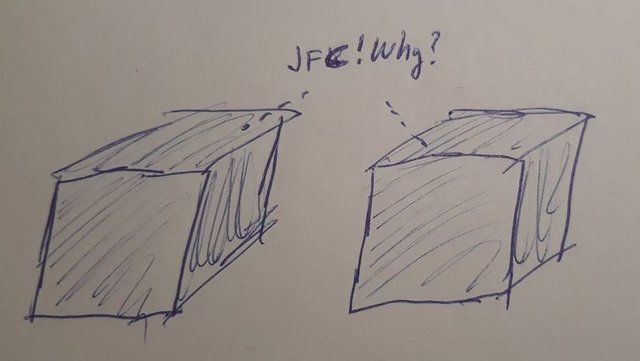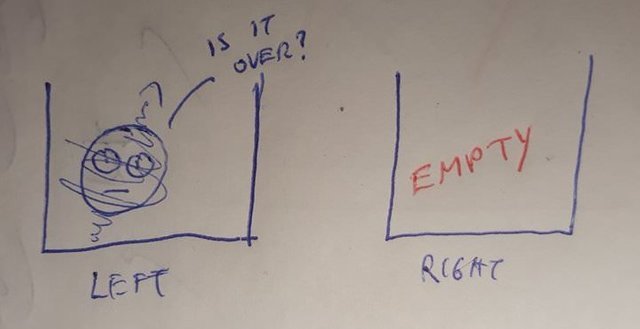Many-worlds interpretation of Quantum Mechanics: Introduction
In next several articles I will explain you idea of many-worlds interpretation (MWI) of quantum mechanics (parallel universes theory) and what does it mean. But before you can understand it, you need to understand some basic quantum mechanical background. So this post will be little bit serious, but it will help you understand MWI.
Introduction
It is hard to say when exactly QM appeared in the playground of history of physics, but most of contemporary historians agree that Copenhagen quantum mechanics (which is a mainstream interpretation today) was developed by the end of 1927 (Fifth Solvay conference).
This Solvay conference was a famous one because of Einstein-Bohr debate. So what was a problem they argued about? Mostly non-locality and completeness of quantum mechanics, but I am afraid I will not talk about it in this post (but I will when I will be writing about EPR and spooky actions at the distance).
There is one very important aspect of Copenhagen Interpretation (CI) to this story: axiom of measurement and division of our world in microscopic and macroscopic worlds.
According to Bohr, microscopic world is described by quantum mechanics and Schrödinger equation, and macroscopic world is described my equations of classical mechanics. Bridge between these two worlds is the measurement which revels properties of microscopic world, defined by quantum mechanics, through the equipment of macroscopic world (like slit, or any kind of detector).
To understand why did many-worlds interpretation appear, and, as cause of it, parallel universes, we need to understand measurement axiom first.
Axiom of measurement
Meet Gorčin. Gorčin is a particle of spin ½ and charge -e. And he has a strange name inspired by poem of Mak Dizdar. It seems to be that Gorčin is an electron. Gorčin, say hi:

This is how Gorčin looks when we look at him. He is a particle. Now we will put him in an open box.

And then we will close this box.

And now.. we will split this box in two!

For the glory of science, thats why.
Obviously, we cannot see where our Gorčin "the Electron" is at the moment. So, from our point of view, since we closed the box, we have no idea where electron is. He could be with equal probability in left box and in right one. We cannot know before we see it. So where is the electron?
While you thinking about it, perhaps you can answer the easier question: where is a fish?
Since our electron is quantum mechanical object, it is fully described by quantum mechanical wave function PSI:

So, now, when “nobody” looks, our Gorčin is a wave. So he is not Gorčin anymore. He is very different now.
What does it mean? Well, what do you think? Probably, your first idea is that this means that there is a 50% probably that electron is in left box and 50% probably that electron is in right box. That is, of course, true and very obvious. But that is not all.
This strange wave functions also states that electron is in a superposition of this two states! It is often said that electron is at the two place at once, but that CI does not states. But for all practical purposes you can imagine that electron is at the two places at the same time, but keep it in mind that we are speaking metaphorically since our electron is some very strange state described by wave function.

The best way to explain this state is to answer to the following questions:
(a) Is the electron in left box? No.
(b) Is the electron in right box? No.
(c) Is the electron in neither of boxes? No.
(d) Is the electron in both boxes? No.
All we know that our electron is in superposition of states and that we have 50% probability to find it in left box and 50% to find it in right when we open one of the boxes – in act we call MEASUREMENT. Until that moment our Gorčin is in the superposition of both states.
And here comes an axiom of the measurement: in the moment of measurement (when you open one of the boxes) we suddenly collapse wave function from the state of superposition ("electron is in the both boxes at the same time") to the only one state (“electron is in the LEFT box” or “electron is in the RIGHT box”).
After the measurement electron is not in superposition of two states at once, but only in one of the states (in this example: he is in the left box). He behaves like a particle again.

So by the act of the measurement we change quantum-mechanical wave function. We “force” electron to change its behavior from superposition state to the state when he is in just one box. From “wave” to “particle” - just by act of measurement.
Where is the problem?
But can you see two tremendous problems in this, well proven, experiment?
First, we could separate this two boxes on whatever distance we wanted. We could seperate them 1cm, 1m, 1km, 1 million kilometers, at the edges of Universe if you like it – and it would still behave in the same way: at the moment when you open a one of the boxes, electron immediately changes its states from superposition to the state of being in “left” box. So, we have non local phenomena.
Second, what does measurement means? In this case we, for sure, had to have a well educated scientist to make a measurement. How can that be? And why is he so special? As John S. Bell wrote:
"It would seem that the theory is exclusively concerned about 'results of measurement', and has nothing to say about anything else. What exactly qualifies some physical systems to play the role of 'measurer'? Was the wave function of the world waiting to jump for thousands of millions of years until a single-celled living creature appeared? Or did it have to wait a little longer, for some better qualified system . . . with a PhD?" [J.S.Bell. Against measurement, Physics World (08/1990).]
Hugh Everett III
For Bohr, this was not a problem at all. In Copenhagen Interpetation he split the world in macroscopic and microscopic world and proclaimed that quantum mechanics describe microscopic world and classical mechanics describe microscopic world.
But for Hugh Everett III, a young PhD student, this description was too ad hoc! There was a vague boarder between this two worlds. He did not accept that we have to limit quantum mechanics only to microscopic world. Why would we? Schrödinger equation can be applied to any object, not only microscopic one.
So Everett decided to change this axiom and develop a new quantum mechanics where Schrödinger equation will be applied to everything in Universe (not only to microscopic objects) and everything will end-up being in superposition (just like your electron in two boxes).
We will learn in next post how does he do it and why does the set of infinite universes emerge from his theory.
--------
Pictures are, obviously, mine. There are no references (except in one place where I quote John S. Bell) because I did not use any external articles regarding this topic.
I enjoyed reading your post very much.
It's nice to add a little humor as well. I look forward to your next posts.
Thank you very much! I usually write (popular articles) in Croatian language, but I decided to present this topic on international level. In the next post I will try to present Hugh Everett arguments for many-worlds interpretation (a.k.a. parallel universes) and his main motivation for developing this theory.
Haha, @suesa got fierce competition for the drawings :D
They're truly beautiful, I welcome @everett57 into the ranks of incredibly talented artists
Hahaha:D To make things more pathetic: my father is an academic painter. I am afraid that I did not pick much of his talent. Or.. did I? Maybe it will yet become an art:D
Don't do anything! You are destroying the destiny of the Universe :D